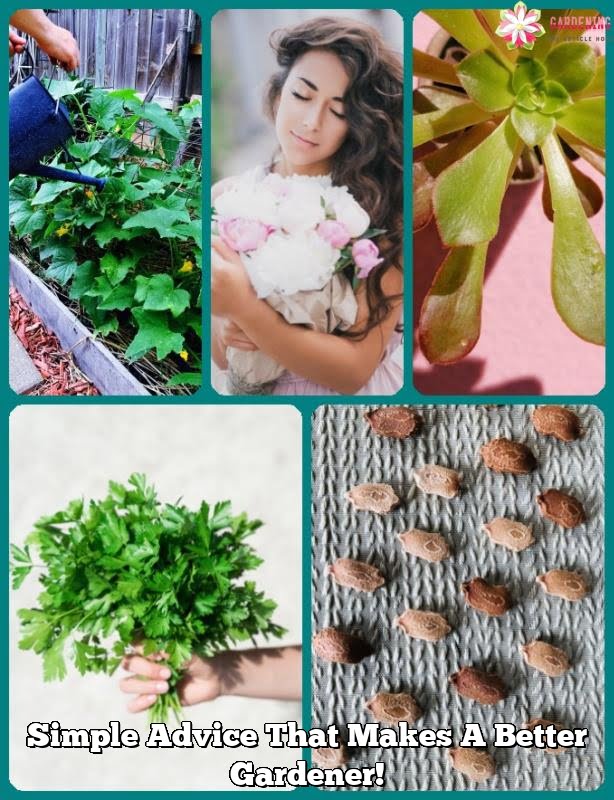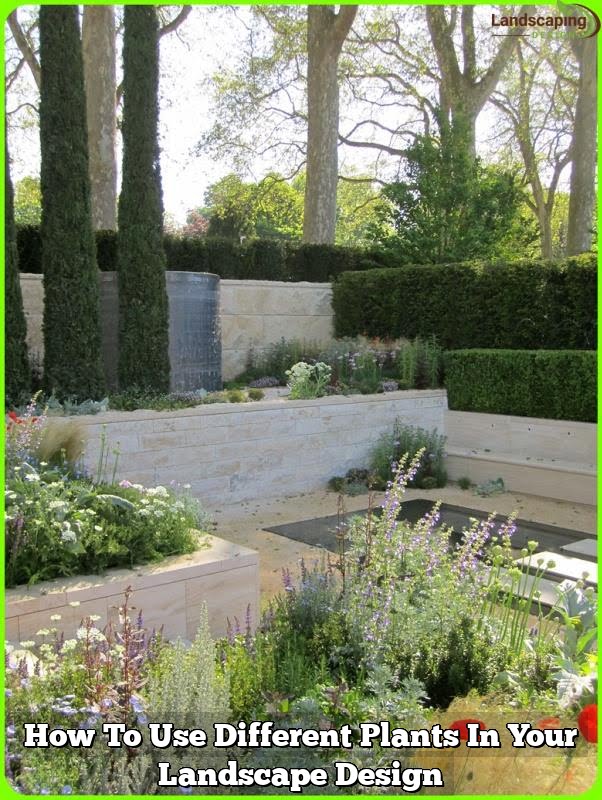Gardening is the process of cultivating and growing various plants in the form of a garden. In ancient gardens, decorative plants were grown mainly for their beautiful flowers, leaves, or appearance; other useful plants, like herbs and vegetables, were grown because they have certain properties that benefit the garden. Gardening has become a very broad term, with so many different types of plants used and styles of gardening practiced. There are several different types of gardening: formal gardening, home gardening, tropical gardening, urban gardening, low-maintenance gardening, eco-friendly gardening, organic gardening, and custom-made gardening. Each type of gardening has its own advantages and disadvantages. Some of the main types of gardening are:

Formal gardening, as the name implies, is a type of gardening in which plants are grown as a part of a landscaping. This type of gardening typically focuses on a theme or color scheme, although formal gardens may also take the form of entire landscapes. A formal garden can be used to surround a home or office building as well as an apartment or condominium. A well-planned formal garden can be an impressive focal point for any architectural design.
Home gardening is gardening at home rather than in a commercial or public setting. Typically, home gardening involves plantings that are used for decoration, fragrance, relaxation, etc. In some cases, these plantings may also be used for food crops (such as basil, mint, and Rosemary). Home gardening is not often as vigorous as landscape gardening, and is often less expensive. Home vegetable gardening is also becoming popular in urban centers.
A home vegetable garden is simply a bunch of healthy, growing plants that are placed together. Home vegetable gardening is similar to a self-sufficient, smaller version of a landscape garden. These plantings usually include lettuce, radishes, cucumbers, onions, potatoes, peppers, squash, and many more. A vegetable garden is popular because it requires less care than many other types of growing plants. Growing vegetables is considered an economical way of gardening.
A fruit garden is essentially a bunch of fruit trees that are planted in a row. When harvesting a crop, workers can easily walk by and pick the fruit without having to go through the trouble of moving individual plants. Fruit gardening is a good way to learn about how plants grow and experience the pleasure of picking fresh fruit. Fruit gardens can add an aesthetic beauty to a home.
Herbs can be harvested in the same way that fruits are. Herbs can be harvested by hand, using a spade, rakes, knives, etc. A well-planted herb garden can add aesthetic value to a patio or back yard. Some common herbs that are cultivated for use in the garden are basil, parsley, oregano, Rosemary, thyme, and oregano. The beauty of these herbs is that they do not require much maintenance after they are planted.
Pest control is often a concern for many organic gardeners. Organic gardening techniques such as proper weed and insect control can help prevent unwanted insects and rodents from setting up housekeeping in a garden. Some good organic gardening practices include using non-chemical pesticides when necessary. It is also important to keep a watchful eye on newly planted plants, and make sure they are being sold and planted properly. Organic gardening may be a tad more expensive than traditional gardening, but the rewards can be well worth the extra cash.
Gardening is a fun activity for all ages. Whether you are enjoying a sunny day with a hot cup of tea or working hard in the dirt, gardening can bring peace of mind as well as an abundance of fresh, delicious produce. Organic gardeners can see gardener’s pride shine through when they see the rows of beautiful, healthy plants. No matter what size of garden you have, or how much time you are willing to spend cultivating plants, the benefits can be seen and felt almost immediately.

Welcome to my blog about home and family. This blog is a place where I will share my thoughts, ideas, and experiences related to these important topics. I am a stay-at-home mom with two young children. I hope you enjoy reading it! and may find some helpful tips and ideas that will make your home and family life even better!





